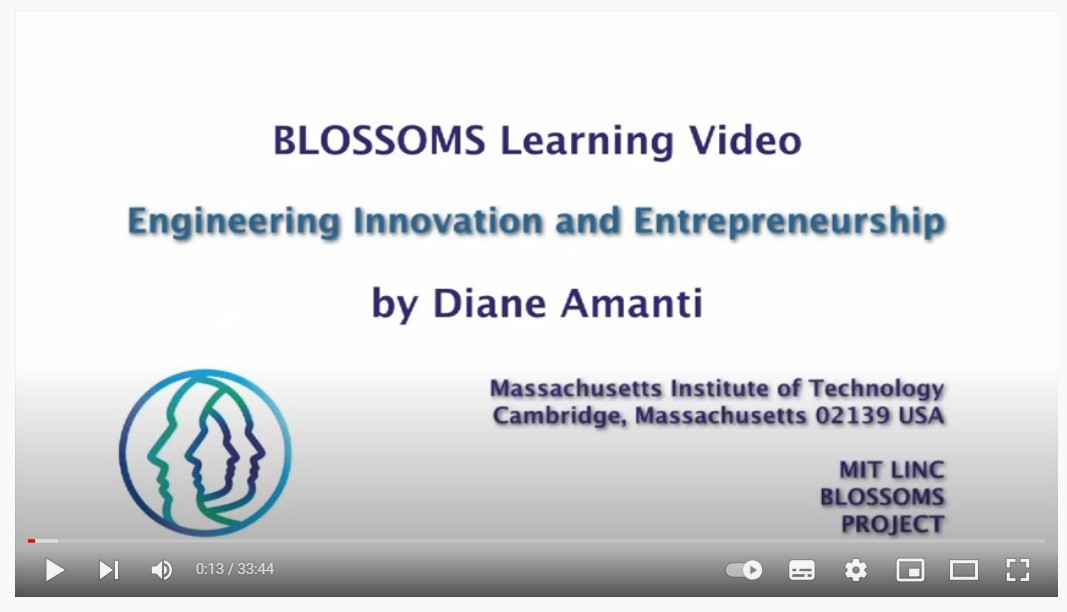The Innovation Process
“The real act of discovery consists not in finding new lands but in seeing with new eyes”
Marcel Proust
Introduction in the Innovation Process
Creativity and innovation are important driving forces for personal development, economic growth, and societal advancement. Especially in the new millennium, when people are facing fast development of new technologies, accelerating changes in life and work and when natural or man-made disasters constantly occur, the importance of creativity and innovation cannot be underestimated. Furthermore, at a global level, our modern society is evolving from the “Information Age” to the “Creativity Age”
One distinctive characteristic of the creativity age is that economies and societies are turning from “knowledge” to “creativity” as their key characteristic and that economic activity is focused on producing ideas rather than producing things (Tang, 2021).
In spite of the increasing awareness of the importance of creativity and innovation, scientific research into creativity and innovation is still non-mainstream due to the relatively short history of this field. In most cases, laypersons and scholars alike tend to use the words “creativity”, “innovation”, “creative” or “innovative” interchangeably. Indeed, creativity and innovation are two conceptually closely related concepts, but they are by no means identical. Particularly for scholars, it is necessary to differentiate these two concepts, partition their integral elements, and get to know the approaches of how these two complex phenomena are usually measured.
At the most basic level, innovation includes the development of new products, processes or business models that better fit the needs of a group of consumers. This definition just scrapes the surface of innovation’s potential. In fact, innovation is a skill that can be taught. For this reason, organizations—and even individuals who innovate effectively—have the potential to make an impact on the local communities, just by being willing to take risks and learn from their mistakes.
Invention refers to the occurrence of an idea for a product or process that has never been made before. Innovation implies the implementation of an idea for a product or process for the very first time.
Creativity can only involve the generation of creative ideas but not necessarily involve the application or implementation of the ideas to applied settings. Innovation, in contrast, must involve “intentional introduction and application” of new and improved ways of doing things.
Therefore, application or implementation is an inherent component of innovation. Innovation must refer to benefit at one or more levels of analysis, but this is not necessarily the case for creativity. Innovation is not necessarily absolutely novel to the organization, rather it is usually a mixture of emergent processes.
Learn more about the process of innovation from the BLOSSOMS Learning Video.


No Comments